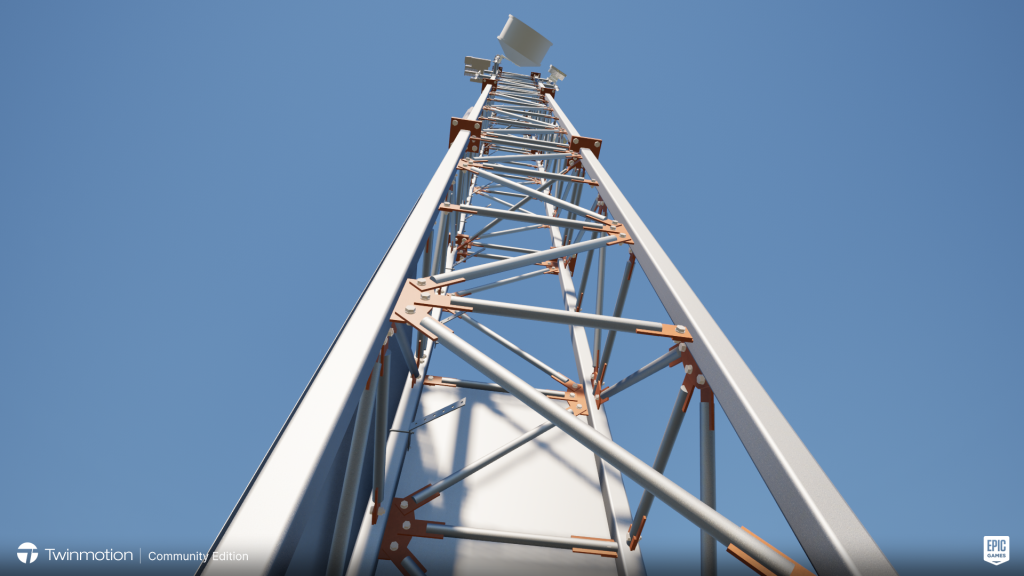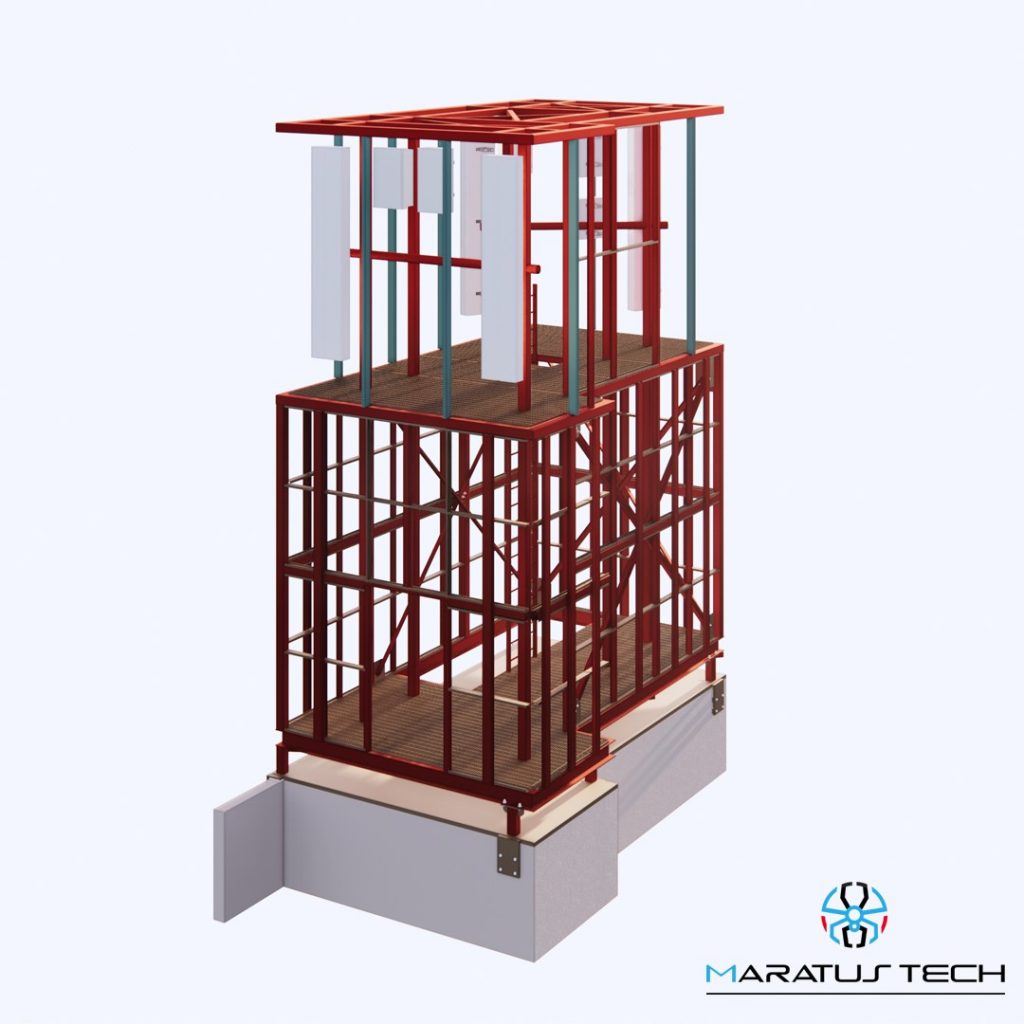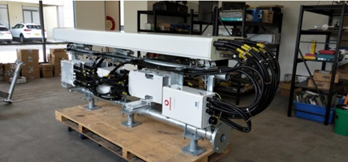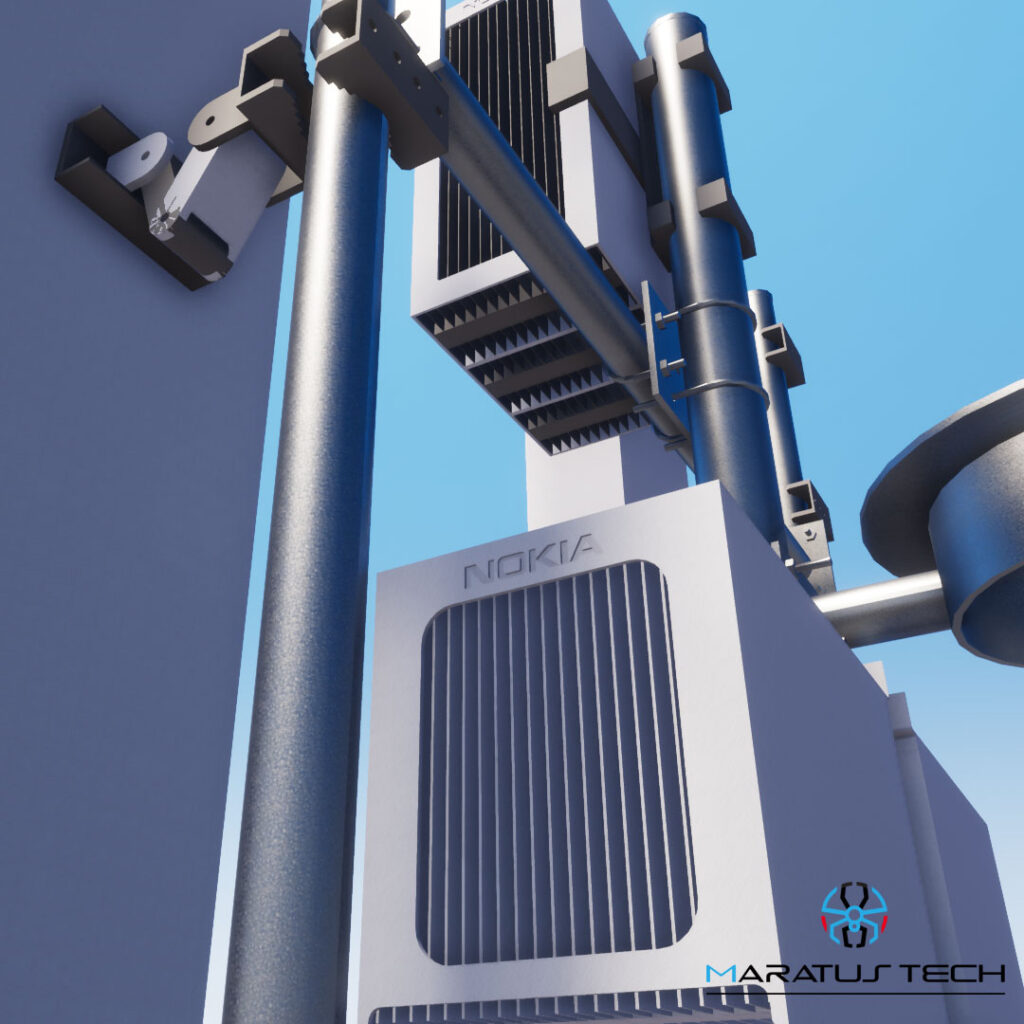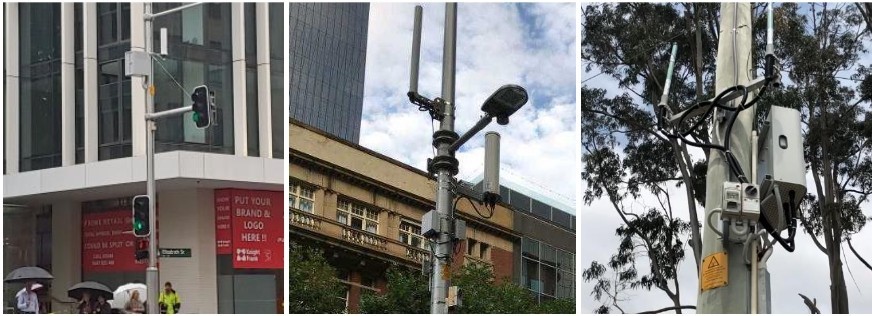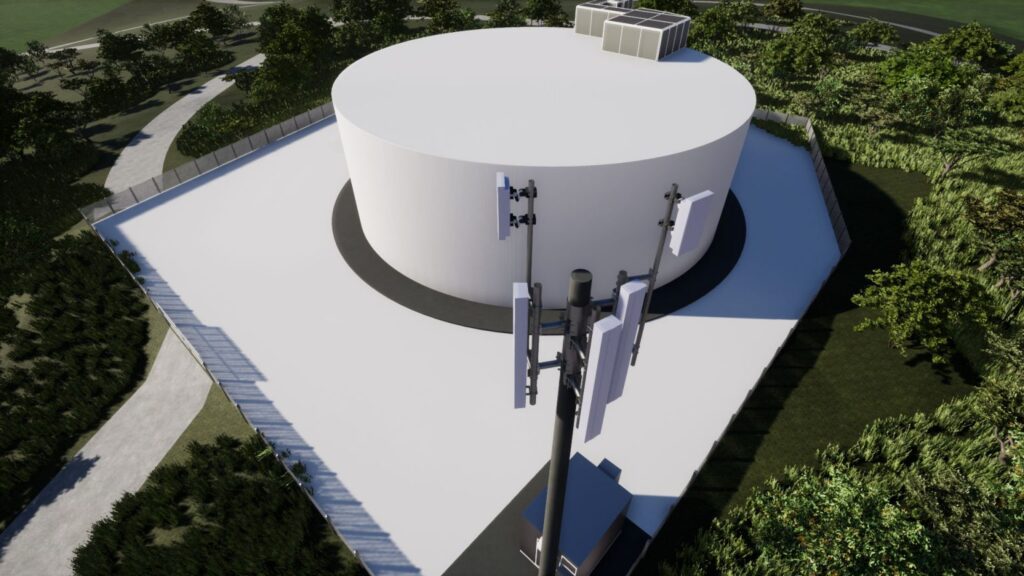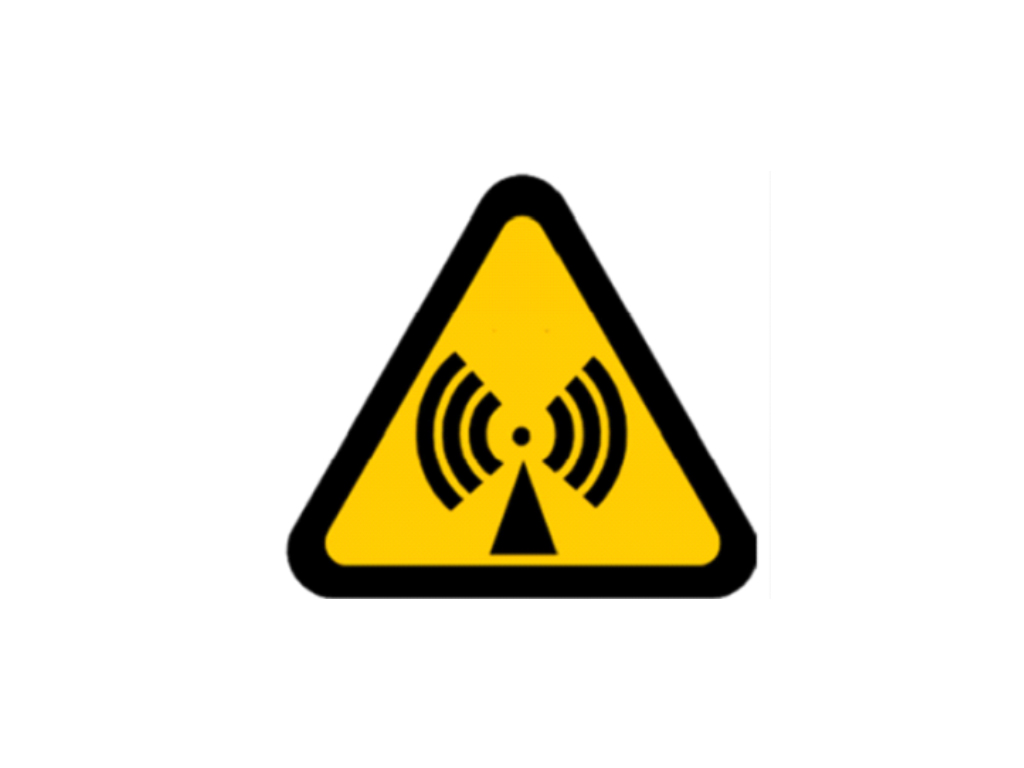Optus & Vodafone 5G SOW
General
The initial release of this document is intended to provide all information necessary for site upgrades
to achieve “Phase 1” of the 5G eJV project, at which point a SAED vendor will be able to use this
document (and appropriate standards and instructions from the relevant operator) to undertake the
Feasibility Study recommending the optimal solution for each site, for the upgrade of an eJV site so
that both Optus and Vodafone have upgraded scope and 5G capability.
Application
This document applies to site upgrades with the following characteristics:
• Optus-lead or Vodafone-lead
• Tower site or rooftop site
• Shelter, Outdoor Unit, or In-Situ Room site
• 3-sector site (includes twin-beam sites); 4-sector site
This document is high-level in its scope and may not cover every detail.
Deployment Phases
The scope of this document includes the following deployment phase works:
• Phase 1 – Feasibility:
• RF strategy
• RF step-backs
• Phase 2 – SAED
• Design actions
• Phase 3 – Construction, and Phase 4 – Install Commission works
• All relevant Build and IC standards.
Governing Standards
This Guideline sets out the agreed Deployment Standards to be applied to the 5G eJV-2 Program in
the following hierarchy:
1. Where a standard is agreed between the Operators for this project, it will be documented within
these guidelines and shall be followed (note: the application of a particular standard may vary in
the detail between Optus and Vodafone and is documented in this guideline)
2. This Guideline also identifies where the Lead Operator’s standards are to be applied and directs
that these are to be followed
3. The non-Lead Operator must apply to the Lead Operator for approval to implement exceptions
that are specific elements of its own Deployment Standards. All agreed exceptions (as at the
date of this document) are specifically clarified in this Guideline
4. The Lead Operator’s Engineering team is to be contacted if any clarification is required


